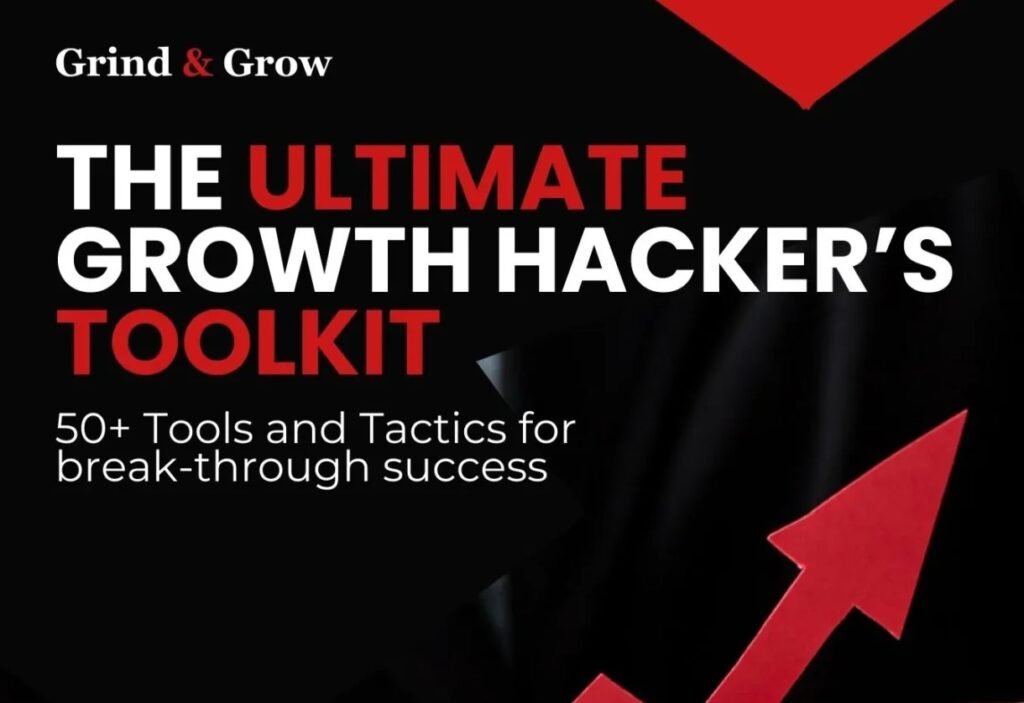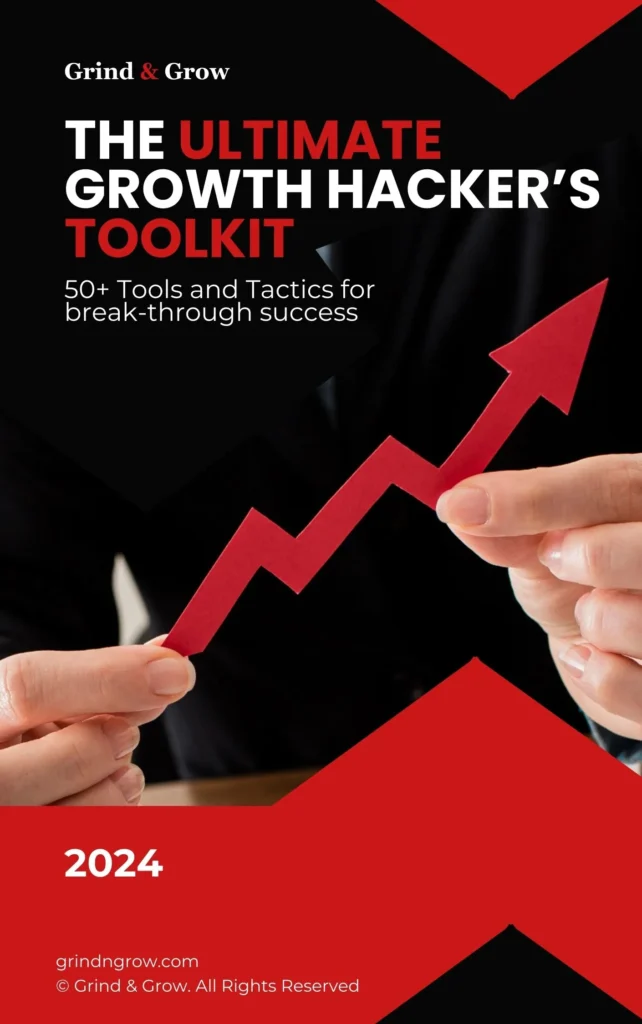In today’s fiercely competitive market, embracing Lean Cost-Cutting Strategies isn’t just a smart move—it’s essential for survival and growth. As businesses worldwide strive to maximize efficiency while trimming expenses, adopting lean methodologies can pave the way for significant, sustainable growth. At Grind & Grow, we’re excited to guide you through these transformative strategies that will help your business not only survive but thrive. Ready to revolutionize your approach to cost management and efficiency? Let’s dive in!
Understanding Lean Principles
Imagine supercharging your business’s efficiency with a set of principles that have transformed industries worldwide. That’s the power of lean thinking. But where did it all begin?
Picture this: post-war Japan, bustling manufacturing floors, and a company called Toyota pioneering a revolutionary system. This approach, later known as the Toyota Production System, focused on three key elements: eliminating waste, refining processes, and consistently delivering value. It’s this foundation that modern lean principles are built upon.
The Core Tenets of Lean Thinking
At the heart of lean philosophy lies an unwavering focus on value. But what exactly is value? Simply put, it’s anything your customer is willing to pay for. The goal? To amplify this value while meticulously cutting out everything else—what we in the business world call “waste.”
But lean thinking doesn’t stop there. It embraces the concept of Kaizen—continuous improvement. Think of it as a never-ending journey of enhancement. It’s not about making big, dramatic changes overnight. Instead, it’s about fostering a mindset where every day presents an opportunity to do things just a little bit better.
Practical Benefits and Real-World Examples
Now, you might be wondering, “How does this translate to real-world benefits?” Let’s look at some eye-opening examples:
- Streamlined Production: Picture a global electronics manufacturer that slashed its lead time by a whopping 50%. How? By reimagining its assembly line processes. They didn’t just save costs; they boosted quality too!
- Improved Customer Service: Imagine a healthcare provider that managed to cut patient wait times in half. Their secret? A robust system for quickly spotting bottlenecks and shifting resources to match patient influx.
- Increased Innovation Capacity: Consider a tech startup that embraced lean thinking and revolutionized its innovation process. By rigorously evaluating each feature against customer value, they rolled out updates that skyrocketed user engagement.
Lean principles aren’t just about cutting costs—they’re about creating an agile, responsive business that consistently delivers superior value. When every team member becomes a problem-solver, your business can adapt quickly, innovate freely, and maintain a razor-sharp competitive edge. Isn’t that the kind of business you want to run?
Identifying and Eliminating Waste
Understanding the Seven Types of Waste in Lean Methodology
Picture this: you’re on a mission to maximize value for your customers. But there’s a sneaky culprit standing in your way—waste. In the world of lean, waste isn’t just about trash; it’s anything that doesn’t add value. Let’s break down the seven types of waste that might be lurking in your business:
- Transportation: Are you moving products or materials around unnecessarily? That’s waste on the move!
- Inventory: Got excess stock gathering dust? That’s money tied up that could be put to better use.
- Motion: Are your workers doing the office shuffle, moving around more than needed? That’s energy down the drain.
- Waiting: Idle time is the enemy of productivity. If your people or machines are twiddling their thumbs, that’s waste.
- Overproduction: Making more than you need? That’s like preparing a feast for two when you’re dining solo.
- Overprocessing: Are you gold-plating when silver would do? Doing more than necessary is a sneaky form of waste.
- Defects: Products that don’t meet the mark? That’s waste with a capital W.
How Businesses Can Identify Waste
Now, you might be thinking, “Great, but how do I spot these wastes in my business?” Don’t worry, we’ve got some tools up our sleeve to help you become a waste-spotting pro.
Value Stream Mapping
Imagine having X-ray vision that lets you see the flow of materials and information in your business. That’s essentially what Value Stream Mapping (VSM) does. It’s like creating a treasure map, but instead of leading to gold, it guides you to spots where waste is hiding. With this map in hand, you can start planning your attack on inefficiencies.
The 5S Methodology
Ever heard of the 5S methodology? It’s like a spring cleaning for your business, but way more impactful. The 5S stands for Sort, Set in order, Shine, Standardize, and Sustain. By following these steps, you create an environment where waste has nowhere to hide. It’s about creating a place for everything and keeping everything in its place.
Practical Steps for Reducing or Eliminating Waste
Ready to wage war on waste? Here’s your battle plan:
- Conduct Regular Audits: Think of these as health check-ups for your business. Regular evaluations keep you on your toes, ready to spot and squash waste as it pops up.
- Engage Workforce in the Process: Your employees are your secret weapon. They’re on the front lines and often see waste that might be invisible from the top. Get them involved!
- Streamline Processes with Lean Techniques: This is about making small, consistent improvements. It’s not about overhauling everything overnight, but rather taking steady steps towards perfection.
- Train Employees on Lean Practices: Knowledge is power. When your team knows what to look for, they become an army of waste-busters.
Benefits of Targeting Waste Reduction
Here’s the exciting part: when you target waste, you’re not just cutting costs. You’re optimizing processes, managing time better, and freeing up resources for value-adding activities. It’s like giving your business a superpower—the ability to do more with less, respond faster to changes, and stay ahead of the competition. Isn’t that worth fighting for?
Leveraging Technology for Lean Operations
Welcome to the digital age of lean operations! It’s an exciting time where technology isn’t just a tool—it’s a game-changer. Imagine having a Swiss Army knife for your business, but instead of blades and screwdrivers, you’ve got cloud computing, AI, and the Internet of Things (IoT). These aren’t just buzzwords; they’re your secret weapons in the quest for ultimate efficiency.
Streamlining Workflows with Cloud Computing
Remember the days of bulky file cabinets and endless paperwork? Cloud computing has sent those to the history books. With cloud-based solutions, your team can access documents and data from anywhere—be it the office, a coffee shop, or their living room. It’s like having your entire office in your pocket!
But it’s not just about convenience. Cloud services are slashing costs associated with maintaining traditional IT infrastructure. Plus, they’re turbocharging collaboration. Teams can work together in real-time, speeding up processes and boosting productivity. It’s like giving your business a shot of adrenaline!
Harnessing the Power of Artificial Intelligence
AI isn’t just for sci-fi movies anymore. It’s here, and it’s revolutionizing how we do business. Think of AI as your tireless assistant, crunching numbers, spotting patterns, and making predictions faster than any human could.
In the world of lean operations, AI is a superstar. It’s forecasting demand with uncanny accuracy, managing inventory like a pro, and even handling customer service through chatbots. This frees up your human team to focus on what they do best—strategic thinking and creative problem-solving. It’s not about replacing people; it’s about empowering them to do more.
IoT: Enhancing Operational Efficiency
The Internet of Things might sound complex, but think of it as giving your equipment and systems the ability to talk to each other. In a manufacturing setting, IoT devices are like health monitors for your machines. They can predict when maintenance is needed before a breakdown occurs, saving you time and money.
But it doesn’t stop there. IoT is revolutionizing supply chain logistics too. It’s ensuring that the right products are in the right place at the right time, minimizing waste and maximizing efficiency. It’s like having a crystal ball for your supply chain!
Successful Implementation: A Case Study Exploration
Let’s bring this to life with a couple of real-world examples:
Imagine a global manufacturer that decided to give IoT a shot. They installed sensors on their production line machines, and suddenly, they could predict and fix issues before they caused costly shutdowns. The result? A dramatic drop in downtime and a significant boost in productivity. It was like giving their production line a sixth sense!
Or consider an e-commerce company that took a leap with AI-powered chatbots. Overnight, their customer service response times plummeted. But here’s the kicker—customer satisfaction soared. They weren’t just cutting costs; they were building brand loyalty.
These aren’t just success stories; they’re blueprints for what’s possible when you embrace technology in your lean journey. By integrating these digital tools, you’re not just streamlining operations—you’re future-proofing your business. Are you ready to take your lean efforts to the next level with technology?
Building a Lean Culture
Creating a lean culture isn’t just about implementing new processes—it’s about transforming the very DNA of your organization. It’s where the magic really happens. But how do you make this transformation? Let’s dive in and explore the key ingredients.
The Role of Leadership
Ever heard the phrase “lead by example”? In the world of lean, this couldn’t be more crucial. Leaders aren’t just managers; they’re the torchbearers of the lean philosophy. They’re the ones who need to walk the talk, day in and day out.
Imagine a leader who doesn’t just talk about lean principles in meetings but actively participates in improvement activities. They’re on the shop floor, asking questions, and getting their hands dirty. This kind of leadership breeds trust and inspires the entire team to embrace the lean mindset. It’s like a ripple effect—start at the top, and watch it spread throughout the organization.
Team Engagement: The Heartbeat of Lean
Now, picture this: You’ve got the best lean strategies in place, but your team isn’t on board. It’s like trying to row a boat with half the crew sitting idle. That’s why team engagement is absolutely crucial.
How do you get everyone rowing in the same direction? It starts with transparency. Every team member should understand not just what they’re doing, but why they’re doing it. They need to see how their role fits into the bigger lean picture.
Create forums for open dialogue. Encourage feedback—and not just the positive kind. Sometimes, the most valuable insights come from constructive criticism. When people feel heard and valued, they’re more likely to invest themselves in the lean journey.
Strategies for Fostering a Lean Culture
Ready to roll up your sleeves and start building that lean culture? Here are some strategies to get you started:
- Training Programs: Think of these as your lean boot camps. Offer comprehensive training on lean principles and their practical applications. Make it engaging—mix theory with hands-on workshops. The goal is to equip your team with the tools they need to think and act lean.
- Incentives: Who doesn’t love a pat on the back? Recognize and reward teams and individuals who contribute to lean success. It could be as simple as a shout-out in a company meeting or as substantial as performance-based bonuses. The key is to make people feel appreciated for their lean efforts.
- Communication Structures: Set up clear channels for idea exchange. This could be regular team meetings, suggestion boxes, or even a digital platform where people can share ideas and updates. The goal is to keep the lean conversation flowing.
Supportive Environments for Continuous Improvement
Imagine a workplace where people aren’t afraid to suggest improvements or try new things. That’s the kind of environment that fuels continuous improvement.
Create spaces—both physical and metaphorical—where team members can brainstorm and experiment without fear of criticism. Treat failures not as setbacks but as learning opportunities. When people feel safe to innovate, amazing things can happen.
Remember, building a lean culture isn’t a one-time effort—it’s an ongoing journey. It’s about creating an environment where everyone, from the CEO to the newest hire, is committed to continuous improvement. When you get this right, lean becomes more than a set of practices—it becomes a way of life.
Are you ready to transform your organization’s culture? The lean journey awaits, and the rewards are boundless!
Common Questions
What are lean cost-cutting strategies?
Lean cost-cutting strategies are all about working smarter, not harder. They focus on eliminating waste and boosting efficiency in your processes without sacrificing quality or performance. It’s like trimming the fat while building muscle—you’re creating a leaner, more agile business that can do more with less.
How can lean strategies improve profitability?
Think of lean strategies as your profit-boosting secret weapon. By minimizing waste and optimizing resources, you’re essentially plugging the leaks in your business where money might be draining away. This means you’re not just cutting costs—you’re maximizing output too. The result? A healthier bottom line and improved profitability. It’s like fine-tuning your business engine for peak performance.
Which industries benefit the most from lean principles?
Here’s the exciting part—lean principles are like a Swiss Army knife for businesses. While they got their start in manufacturing, they’ve proven incredibly versatile. Today, you’ll find lean principles hard at work in healthcare, IT, service industries, and more. Any industry that’s looking to boost efficiency and cut costs can benefit. It’s not about what you do; it’s about how you do it.
Are lean practices applicable to small businesses?
Absolutely! In fact, small businesses often have an advantage when it comes to implementing lean practices. They’re typically more agile and can adapt quickly to new methods. Lean practices can be scaled and tailored to fit the unique needs of small businesses, helping them achieve sustainable growth without the need for massive resources. It’s like having a growth strategy that grows with you.
Conclusion
As we wrap up our journey through lean cost-cutting strategies, it’s clear that this approach is more than just a way to trim expenses—it’s a pathway to revolutionizing your entire business operation. By embracing these strategies, you’re setting the stage for a more efficient, innovative, and profitable future.
Remember, implementing lean practices is not a one-time event but an ongoing process of continuous improvement. It requires commitment, creativity, and a willingness to challenge the status quo. But the rewards? They’re well worth the effort.
At Grind & Grow, we’re passionate about seeing businesses like yours thrive. We believe that with the right strategies and mindset, you can achieve remarkable growth and success. The lean journey you’re embarking on is just the beginning of what’s possible.
Interested in how you can accelerate the growth of your business? Find more resources like this one to grow your business cost-effectively at grindngrow.com, and consider joining our mailing list to get exclusive tips and extraordinary savings on services to grow your business.
Remember, in the world of business, those who adapt and optimize thrive. By implementing lean cost-cutting strategies, you’re not just saving money—you’re positioning your business for sustainable, long-term success. Here’s to your leaner, more efficient, and more profitable future!






